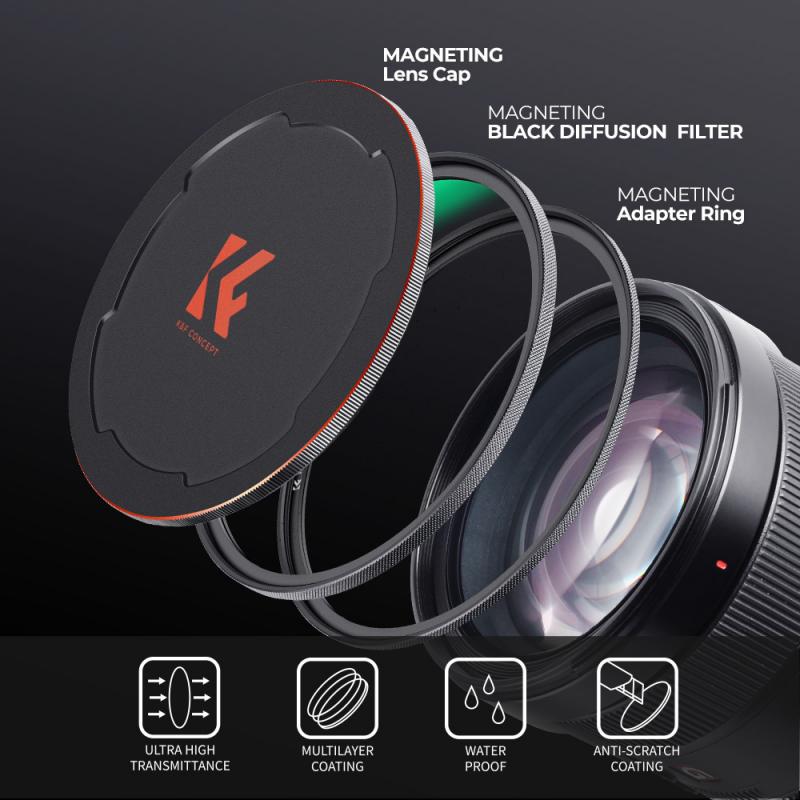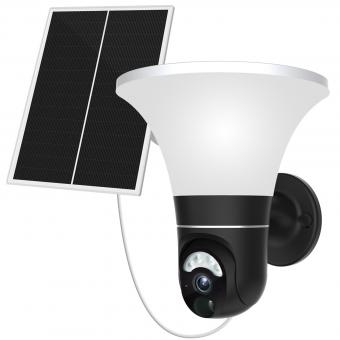What Batteries Do Blink Cameras Use ?
Blink cameras use AA lithium batteries.
1、 Lithium-ion batteries: Commonly used in Blink cameras for long-lasting power.
Lithium-ion batteries are commonly used in Blink cameras for their long-lasting power. These batteries have become the standard choice for many electronic devices due to their high energy density, lightweight design, and ability to hold a charge for extended periods.
One of the main advantages of lithium-ion batteries is their ability to provide consistent power output throughout their lifespan. This is particularly important for security cameras like Blink, as they need to be operational 24/7 to ensure continuous surveillance. Lithium-ion batteries can deliver the necessary power without experiencing significant voltage drops, ensuring that the cameras remain functional and reliable.
Furthermore, lithium-ion batteries have a relatively low self-discharge rate, meaning they can hold their charge for extended periods when not in use. This is especially beneficial for Blink cameras, which may not be constantly in use but still need to be ready to capture footage at a moment's notice. Users can rely on their Blink cameras to be fully charged and operational whenever they need them.
Additionally, lithium-ion batteries are known for their lightweight design. This is advantageous for Blink cameras, as they are often mounted in various locations and need to be easily portable. The lightweight batteries make it easier to install and move the cameras as needed without adding unnecessary bulk or weight.
It is worth noting that while lithium-ion batteries are the standard choice for Blink cameras, the specific battery model may vary depending on the camera model and generation. It is always recommended to refer to the manufacturer's guidelines or consult the product documentation to ensure the correct battery type is used.
In conclusion, lithium-ion batteries are the preferred choice for Blink cameras due to their long-lasting power, consistent performance, low self-discharge rate, and lightweight design. These batteries provide the necessary energy to keep the cameras operational and reliable, ensuring continuous surveillance and peace of mind for users.

2、 AA batteries: Some Blink camera models can be powered by standard AA batteries.
Blink cameras are known for their wireless and easy-to-install nature, making them a popular choice for home security systems. When it comes to the batteries used by Blink cameras, the answer is not as straightforward as it used to be.
In the past, Blink cameras were primarily powered by standard AA batteries. This was a convenient option for users as AA batteries are widely available and easy to replace. However, in recent years, Blink has introduced new camera models that offer alternative power options.
The latest Blink camera models, such as the Blink XT2 and Blink Outdoor, come with a rechargeable battery pack. These cameras can be easily charged using the included USB cable, eliminating the need for constantly replacing batteries. This rechargeable battery pack is a significant improvement as it reduces waste and provides a more cost-effective solution in the long run.
While the rechargeable battery pack is the primary power option for these newer models, it's worth noting that they can still be powered by standard AA batteries if desired. This flexibility allows users to choose the power option that best suits their needs and preferences.
In conclusion, while some older Blink camera models still use AA batteries, the latest models offer a rechargeable battery pack as the primary power option. This advancement provides users with a more convenient and eco-friendly solution.

3、 Rechargeable batteries: Blink cameras can be powered by rechargeable battery options.
Rechargeable batteries: Blink cameras can be powered by rechargeable battery options. This is a convenient and cost-effective solution for users who want to avoid constantly purchasing disposable batteries. Rechargeable batteries offer the advantage of being able to be used multiple times, reducing waste and saving money in the long run.
The specific type of rechargeable batteries that Blink cameras use is lithium-ion batteries. Lithium-ion batteries are known for their high energy density, which means they can store a large amount of energy in a compact size. This is particularly important for Blink cameras, as they need to be small and lightweight to be easily mounted and positioned.
Lithium-ion batteries also have a low self-discharge rate, which means they can hold their charge for longer periods of time when not in use. This is beneficial for Blink camera users who may not need to use their cameras constantly but still want them to be ready for action when needed.
Additionally, lithium-ion batteries are known for their fast charging capabilities. This means that users can quickly recharge their Blink camera batteries and have them ready to use in a short amount of time.
Overall, the use of rechargeable lithium-ion batteries in Blink cameras provides users with a convenient and eco-friendly power option. It allows for easy recharging, reduces waste, and ensures that the cameras are always ready to capture important moments.

4、 CR123A batteries: Older Blink camera models may require CR123A batteries.
CR123A batteries: Older Blink camera models may require CR123A batteries. These batteries are commonly used in various electronic devices and are known for their long-lasting power. They are non-rechargeable lithium batteries that provide a reliable source of energy for Blink cameras.
However, it is important to note that the latest Blink camera models have transitioned to a new power source. The newer models now use AA lithium batteries, which offer several advantages over CR123A batteries. AA lithium batteries are more widely available and cost-effective compared to CR123A batteries. They are also rechargeable, which means you can save money in the long run by not having to constantly purchase new batteries.
The switch to AA lithium batteries also allows for greater convenience. Since AA batteries are more commonly used in households, it is easier to find replacements when needed. Additionally, the rechargeable nature of AA lithium batteries means you can simply recharge them when they run out of power, eliminating the need for frequent battery replacements.
In summary, while older Blink camera models may require CR123A batteries, the latest models have transitioned to AA lithium batteries. This change offers cost-effectiveness, convenience, and the ability to recharge the batteries, making it a more practical choice for Blink camera users.






























There are no comments for this blog.